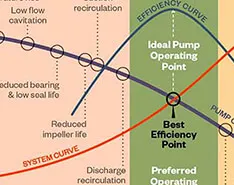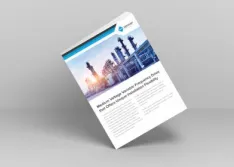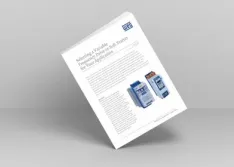Tips for identifying pumps to be tested and evaluating KPIs.
VFD
White Paper
Though medium-voltage variable frequency drives (VFDs) are proven to improve operational efficiency and reduce costs, their electronic components can be negatively affected by the harsh environmental conditions in which large drives are commonly found.
Sponsored by
Explaining the differences and benefits of five different technologies including active front end and 18 pulse
Modern VFDs can improve cost saving and extend equipment life.
White Paper
Explore the similarities and differences of Variable Frequency Drive (VFD) and the Reduced Voltage Soft Starter to determine which of them will best suit your application needs.
Sponsored by
Webinar
Learn how to achieve ultra high efficiencies when used with a VFD or DOL and lowers lifetime costs.
Using motor technology that is 70 percent smaller can decrease costs for peristaltic pump operation.
Webinar
Learn the truth about voltage harmonics and its impact upon pumping equipment and critical processes
Sponsored by
New technology provides experts with better design options.
The retrofit saves the facility several thousand dollars per year.
A facility in this island nation installed new technologies to meet continuous high water demand without changing the building’s footprint.
Drives with active energy control can save energy and extend motor life for pumping and HVAC loads.
Shifting trends in water use and changing sewage composition cause complex problems for the world’s sewer systems.
A Mississippi River levee, an Indiana water plant and an Ohio municipality take advantage of ease of installation and significant energy savings—as much as $2 million up front.
VFDs can reduce energy consumption and water loss in variable pumping systems.
Users should consider system changes to comply with the new EISA standard.















